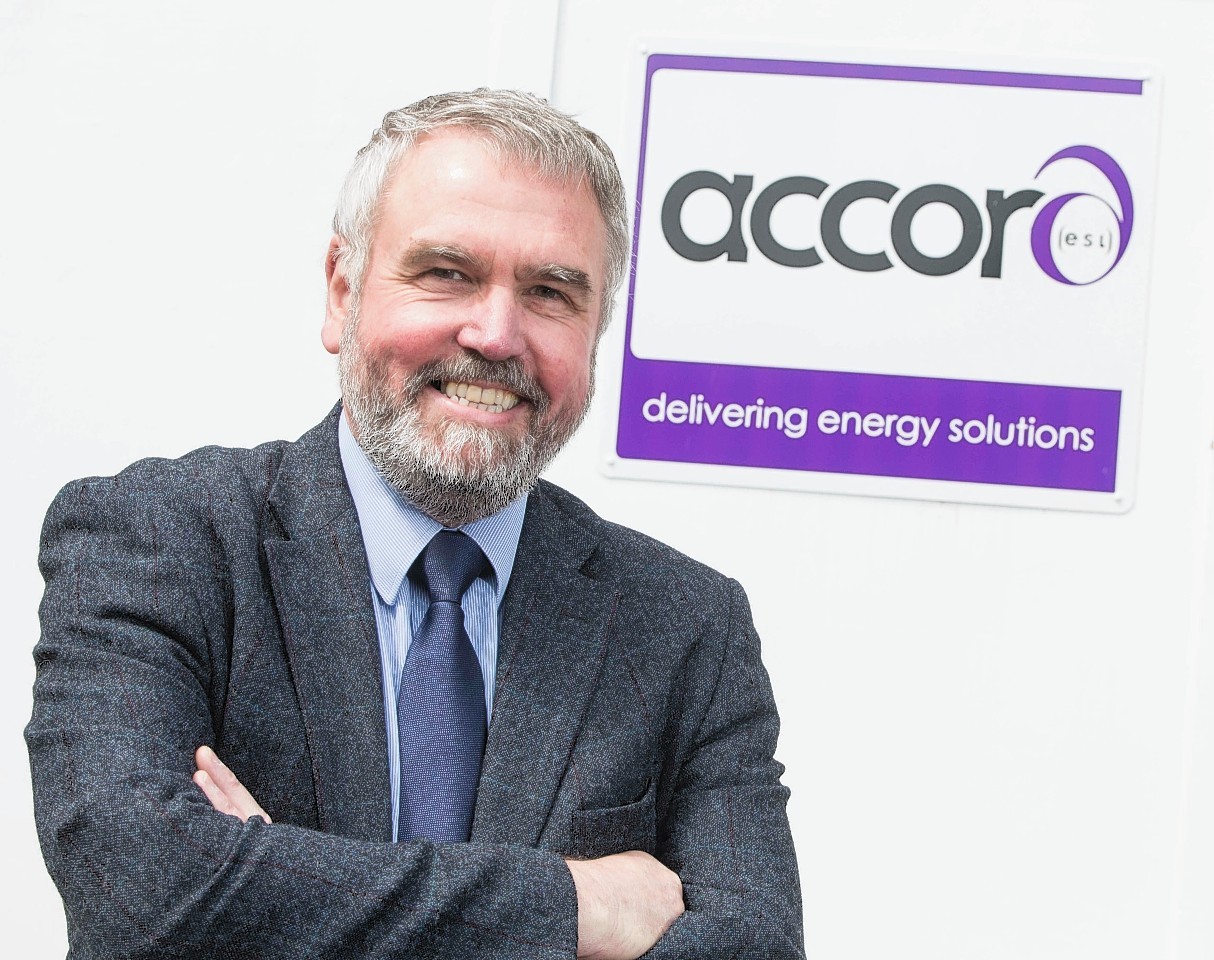Firms owned by employees are taking today to celebrate a business model that is at the start of a growing trend in the UK.
‘Employee ownership’ describes a business model where employees have both a financial stake in the business and a say in how it is run.
In the UK, employee-owned companies, including successful businesses such as John Lewis, are making an increasing contribution to the UK economy with figures from the Employee Ownership Association showing it to be as high as four% of UK GDP annually.
Employee ownership can be the key to unlocking innovation in companies, according to an influential Aberdeen business leader.
Alan Spence – co-founder of hydrocarbon accounting firm Accord Energy Solutions – is encouraging business owners on Employee ownership Day (EO Day) to consider the benefits of the model, with evidence showing EO businesses are 5-10% more productive than traditional companies.
With researchers from the University of Stirling and St Andrews estimating that more than 16,000 SMEs in Scotland will consider an exit strategy in the next five years, Mr Spence is one of a number of EO ambassadors for Co-operative Development Scotland (CDS) to describe how the business model has helped their business thrive.
He said: “At Accord, we believe that investing in people and giving them space to think outside the box not only benefits them but also the company. Over the past five years, our employees have developed and presented a number of new and exciting approaches to oil and gas allocation.
“Our innovative work has helped clients by improving their systems of allocation, while we have benefited through wider industry exposure, higher levels of activity and improved recognition and satisfaction for our engineers.”
Deputy First Minister John Swinney has also shown his support for employee ownership as a key driver of innovation.
He said: “Employee ownership is a great option for businesses. This model enables companies to focus on creating long-term value for their employees, their customers and their partners. This approach inspires employees to be more engaged and motivated, which benefits everyone.
“The Scottish Government is committed to supporting all of our people to unleash their full entrepreneurial and innovative potential.”
While Accord started life as an employee-owned company, the research shows it is family-owned businesses which are most likely to consider the model, with around 3,000 in Scotland having older entrepreneurs who will look to exit in the next five years.
Sarah Deas, chief executive of CDS said: “With businesses across Scotland celebrating EO Day, now is the perfect time to consider the benefits of employee ownership.
“Not only does it act as a driver of innovation, it also helps root businesses in their local area and rewards employees for their commercial success – while owners can achieve a competitive price for their company and manage their exit over time.
“Finding the correct succession solution for your business is vitally important to protect its future, so owners should start considering their options at the earliest possible opportunity – even if it feels like retirement may be some years away.”
Last year, two new tax reliefs were introduced to benefit companies that are majority employee-owned, their employees and exiting shareholders.
But accountants at Baker Tilly have cautioned that business owners need to do their homework before adopting the structure to ensure that the interests of employees, majority owners and third-party funders are all taken into consideration.
Fiona Bell, Partner in Baker Tilly’s Employment Consulting Group, said: “We know that employee ownership has a positive effect on companies and employees, and now the government has made it even more attractive to those considering adopting the structure with the introduction of a range of tax reliefs.
“The way that businesses are thinking about their long-term future is changing, and I think this is a very exciting time for companies that are looking for alternative and innovative ways to engage and motivate their employees.”
Scottish business owners interested in the model will be able to hear more at the Inspire EO conference to be held on October 26 at RBS’ Edinburgh headquarters – set to include Sir Charlie Mayfield, chairman of the John Lewis Partnership.
Co-operative Development Scotland is hosting a number of “Successful Succession” events across the country this year, with the first taking place this morning with seafood firm Aquascot in Alness, Ross-shire.
